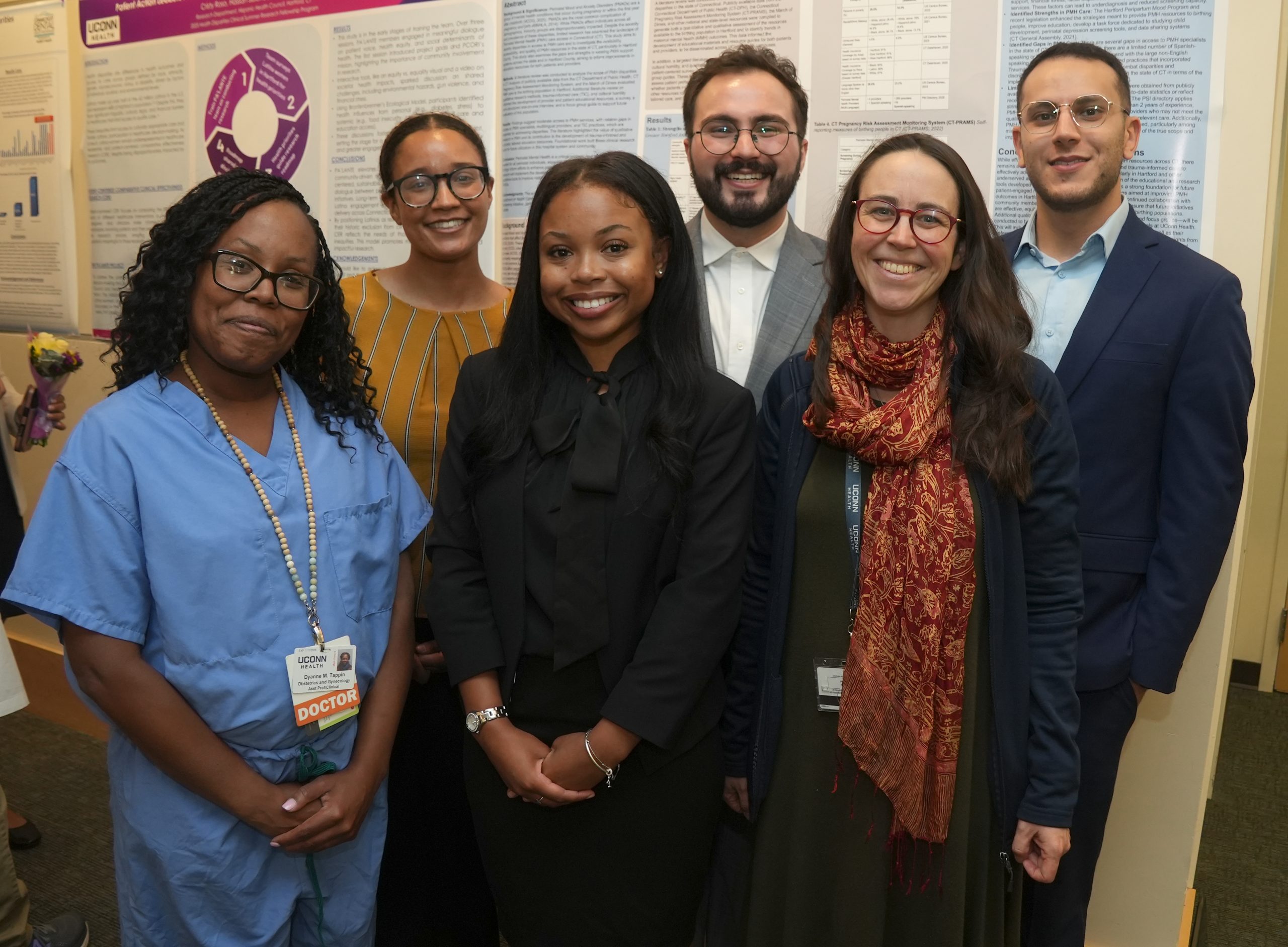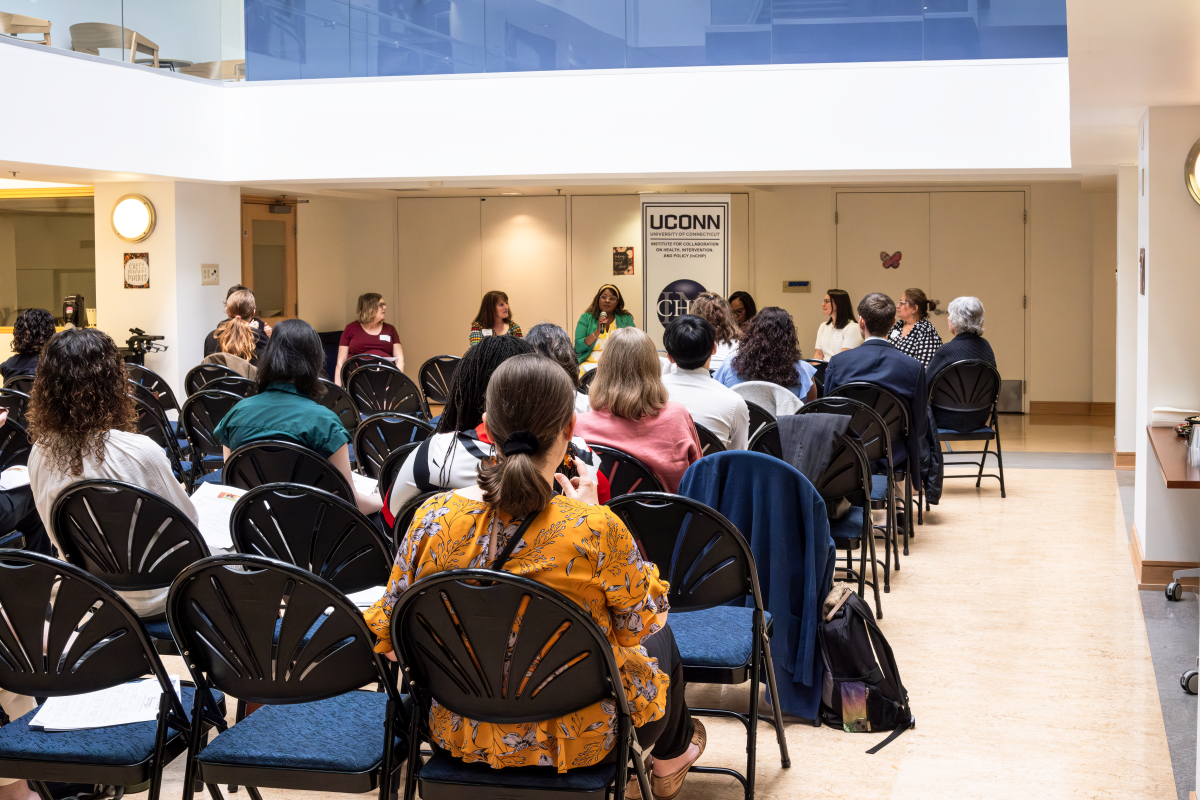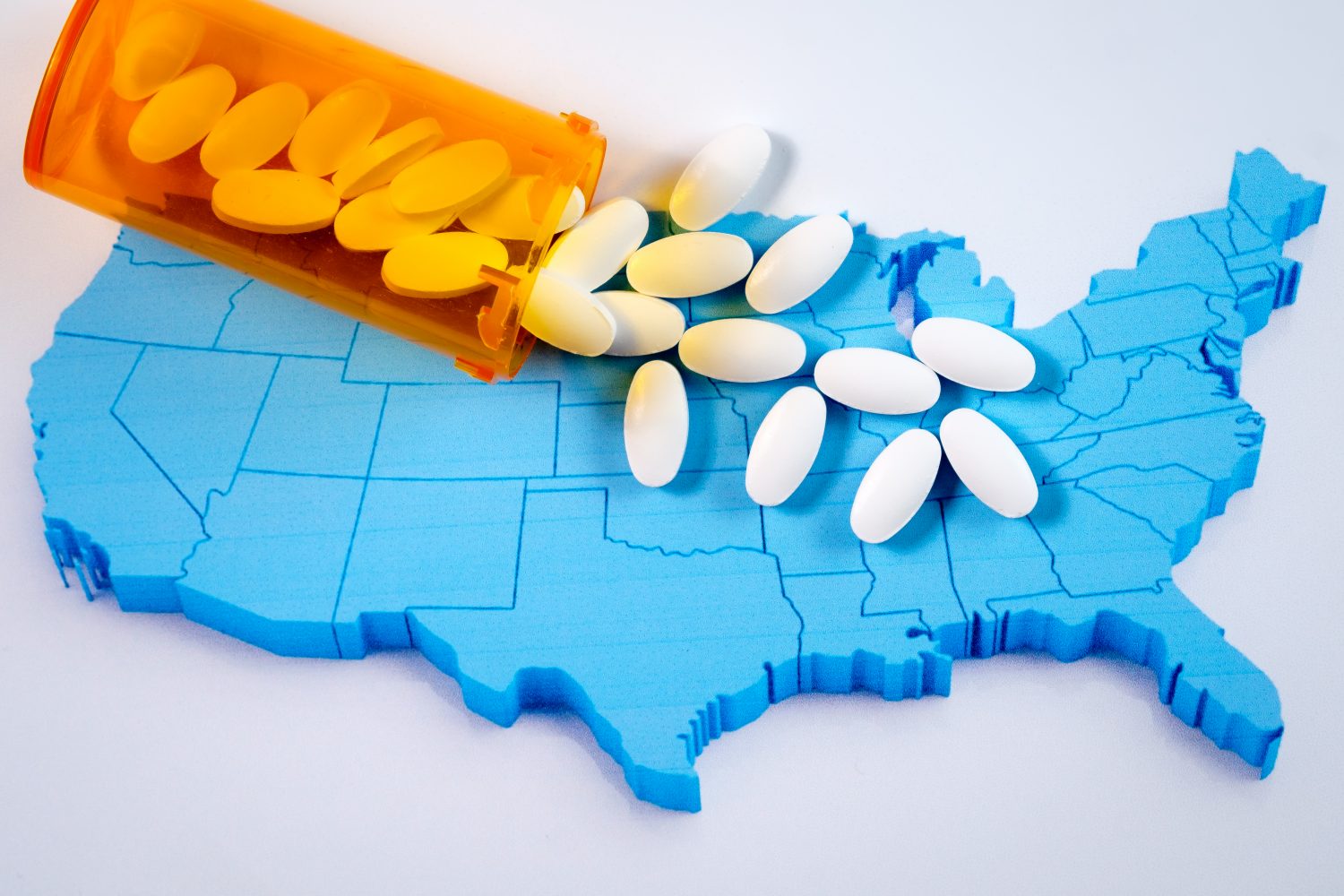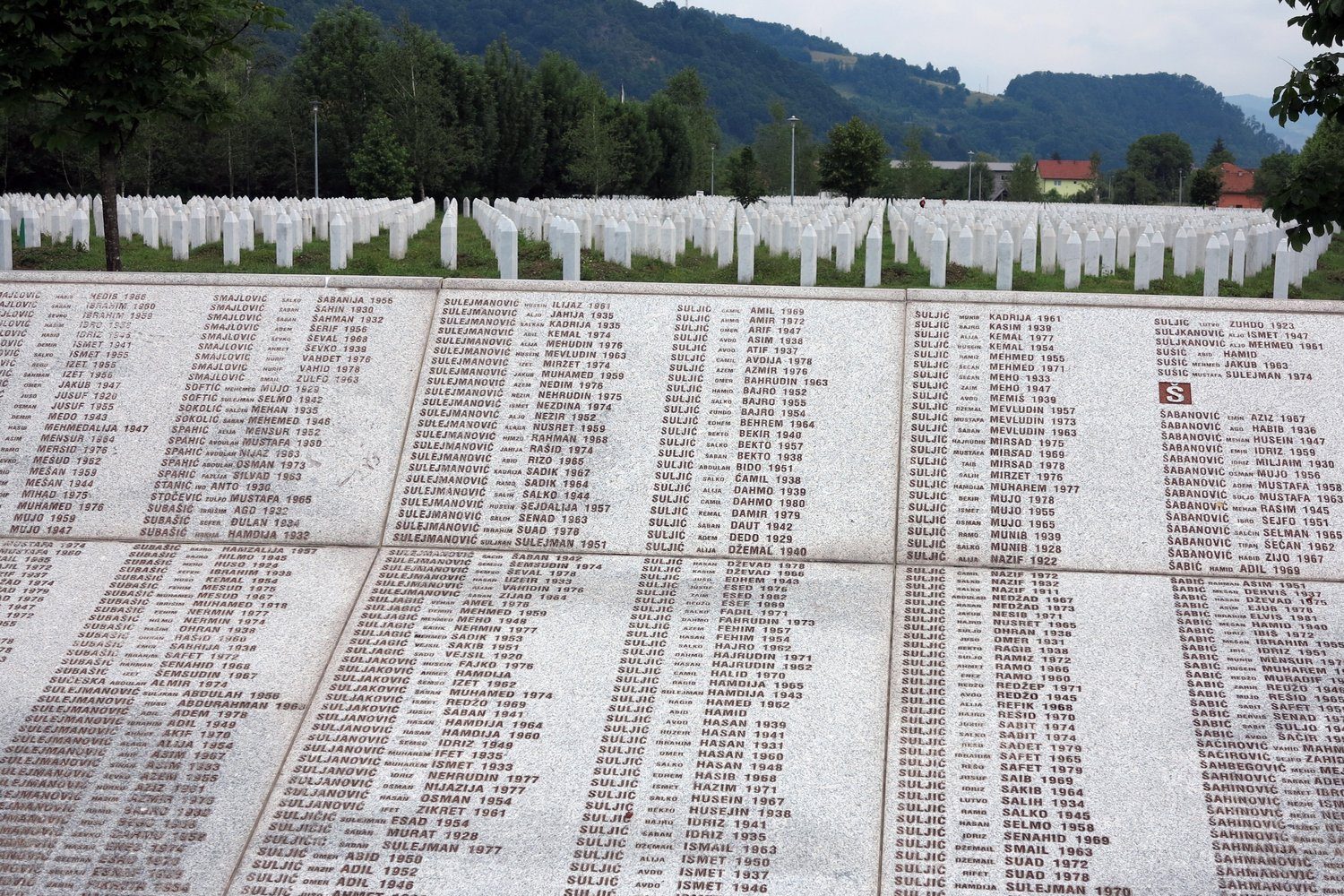CAHNR Alum Tyler Gavitt Uses Science to Design Vaccines and Foster Open Public Health Discussion
While he was at UConn, alum Tyler Gavitt ’17, ’19, ’21 (CLAS, CAHNR) found opportunities to conduct research on pneumonia and coronovirus, experiences that prepared him for cutting-edge work in vaccine research and design.
Describe your current position. What are some unique aspects of your job?
I currently work as a postdoctoral associate at the Duke Human Vaccine Institute (DHVI). My research focuses on the design and development of next-generation coronavirus vaccines. I get to work as a part of a multidisciplinary team, including members from around the world, tackling some of the biggest questions about coronavirus vaccines and coronaviruses as pathogens. DHVI is one of the biggest academic vaccine research units in the world, and it’s amazing to get to work as part of such a big, collaborative group to tackle problems a singular lab just wouldn’t be able to tackle on their own.
 What was your major at UConn? How did that prepare you for your current job?
What was your major at UConn? How did that prepare you for your current job?
My undergraduate major at UConn was Molecular and Cell Biology. My graduate degree was in Pathobiology. I think both helped me to find a love for science, and the scientific method, and got me asking questions. My undergraduate curriculum allowed me to take a really wide variety of classes, and one of them, Emerging Infectious Diseases in Pathobiology, led to me getting started in undergraduate research. That program really let me lean into my interest in infectious disease and to explore a lot of classes I didn’t have access to as an undergrad. Alongside that, Pathobiology does a lot of really translational research, and I liked that it always felt like there was a path where the things I worked on in lab might someday make their way to a clinic where they might actually have a tangible benefit to human health.
My lab studied pneumonia vaccines and ways that they could be improved so that they’d work more consistently for more people. In 2020, when the US shut down due to the COVID-19 pandemic, we were able to apply some of that know-how toward the testing of different methods for the delivery of vaccines against SARS-CoV-2. I really enjoyed that work, because it felt like I was able to contribute something towards solving this monumental problem that we were all facing. I really credit that work with kickstarting my interest in coronaviruses, and when the time came to look for postdocs, I knew that I wanted to continue that line of research wherever I went next. From there it, really just snowballed, and with my job now, I get to apply that love of science and that curiosity to answering big scientific questions.
What’s a typical day like for you?
One of the beautiful things about my job is that no day is really “typical” in a sense. I tend to get to the lab around 8:30am, have a morning cup of coffee, and then get started with experiments. I’ll usually spend most of my day popping back and forth between the lab and meetings, and I tend to wrap up for the day between 5 and 6pm. Experimental plans change based on the findings of other studies or meetings, or their topics change as new data comes out. So nothing is too static, and things tend to not get stale. That kind of changing schedule keeps things fresh and interesting.
What are some of the greatest challenges you face in your field? How do you tackle them?
I think the field of vaccine design has a fair few challenges. One of the biggest coronavirus challenges right now is that we just can’t predict the future. There’s no way to predict what the next big mutation will be, or what animal-specific coronavirus is the most likely to jump to humans next. But we can approach that problem by studying what we have access to now, and by collaborating with people specializing in some of those problem areas. Recently there’s been some really exciting progress in understanding why certain mutations in SARS-CoV-2 seem to pop up over and over again, and that’s helping us to understand the virus and the changes it experiences better than we have previously.
I think the other big problem in the field right now is communication and public trust. Things changed really rapidly during the pandemic, and people understandably had a lot of questions about vaccines, the virus, and how to protect themselves and their loved ones. I think, as scientists, we were reminded how important it is to have open discussions with the broader public, and moving forward we need to really lean into that dialogue, get people engaged in asking questions, and provide those people with the answers they need. We need to re-establish public trust in science, and I think the best way to do that is through clear communication and open discussion with the public.
2024 is the 10th anniversary of Health at CAHNR. How does your work impact human health?
2020 was a really startling reminder of just how vulnerable we all are to new pathogens. In just the last 25 years, we’ve seen three different outbreaks of new coronaviruses, and we expect that with climate change and human migration, additional novel coronavirus outbreaks will happen sometime in the future. The vaccines we’re working on are aimed to address that possibility, by extending the protection conferred beyond just the 2019 SARS-CoV-2 virus to allow it to protect against even more diverse coronaviruses in other species. The hope is that, if another new outbreak occurs in the future, we may be able to use these next generation vaccines to respond much more quickly than we were able to with SARS-CoV-2.
What advice would you give to current UConn CAHNR students?
I’d really encourage them to use their resources. CAHNR has excellent faculty and excellent graduate students, and CAHNR’s generally smaller class sizes make those resources much more available to you than you might find in other colleges. I always found that faculty were willing to help me, and my TAs were always willing to answer my questions, or to help me during office hours.
What’s your favorite memory from your time at UConn?
The 2014 men’s basketball championship game that they broadcast at Gampel Pavilion. It was something like 5,000 students packed into the arena, watching the game on giant projector screens. I was there with some of my best friends, and the whole building was shaking from the cheering. When UConn won the game, everyone rushed outside and flooded Fairfield Way with thousands of celebrating students.
What’s your favorite UConn Dairy Bar flavor?
It has to be their chocolate chip cookie dough. It’s my favorite kind of ice cream anywhere, but the Dairy Bar does it better than anyone else.
Latest UConn Today
- Incoming UConn Medical Students Get Hands-On Summer Research ExperienceFor the first time the Health Career Opportunities Program of UConn Health offered matriculating UConn medical students summer research opportunities.
- Partnering with Communities to Improve HealthInCHIP’s Community Engagement Research Core’s latest networking event offers insights for successful community research partnerships
- Study Highlights Higher Rates, Risk Factors for Non-Fatal OverdosesA new opioid overdose study has identified several key risk factors associated with non-fatal overdoses drawing from a sample of people who use opioids in New Haven
- Archiving for Justice, Truth, and Memory: Unpacking the Baggage of What Went BeforeReflections on the importance of the newest addition to UConn’s ICTY Digital Archives, the Srebrenica Genocide Archives Collection.
- Multiple Sclerosis Patient Sees Bright FutureFrom unheard to understood
- UConn AUKUS Scholars Explore Undersea Vehicle Technology, International Collaborations in AustraliaFive College of Engineering students studied systems thinking and interdisciplinary teamwork essential in modern undersea vehicle development












